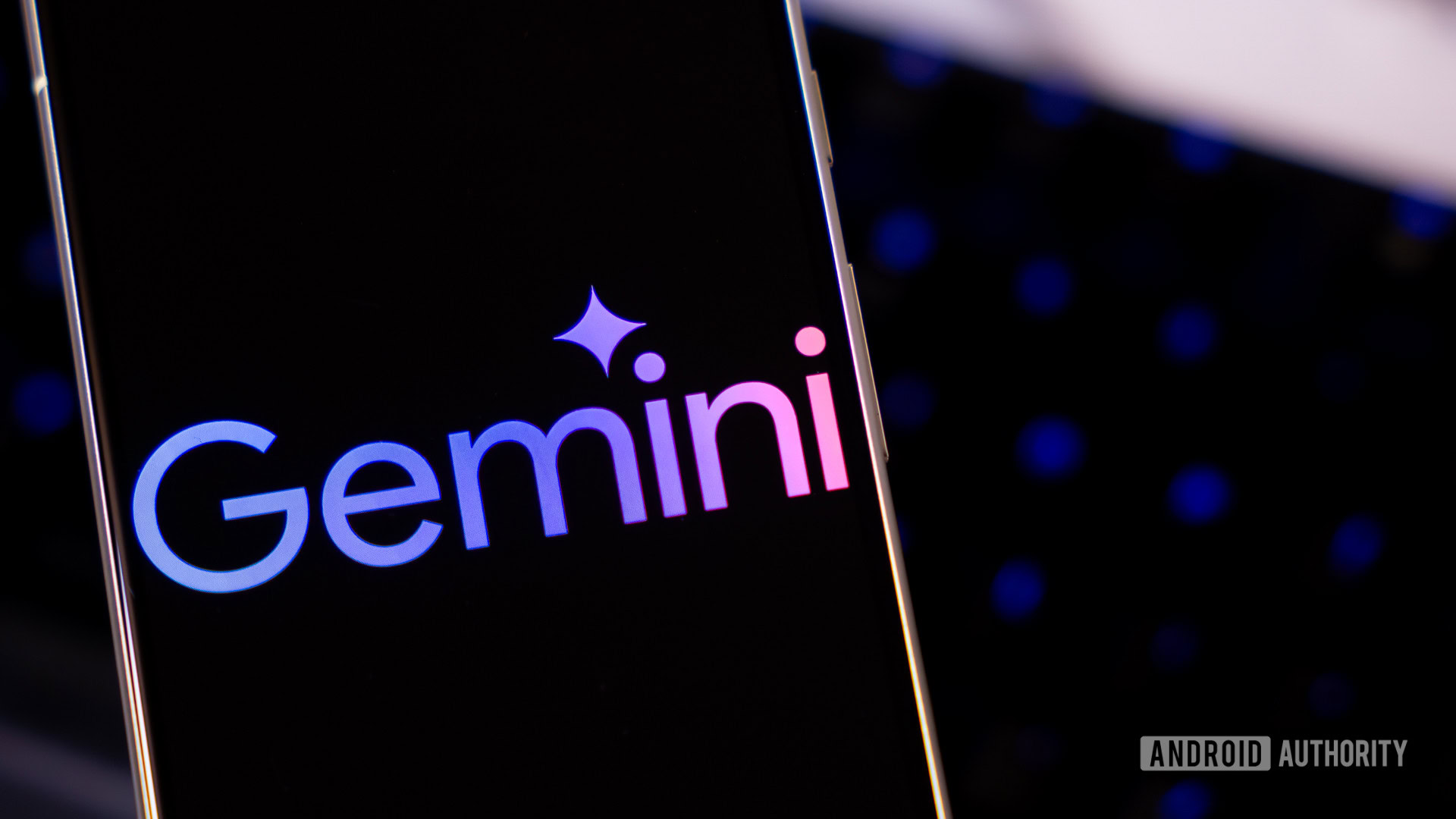“The problem isn’t the data. It’s how we ignore the boring parts of it.”
Are AI models as accurate as the validation test says? Why would a model with 99% prediction accuracy flood your inbox with false alarms and turn your beautiful day into a debugging nightmare?
Confused?
Welcome to theBase Rate Fallacy—a bias that causes both humans and machines to misjudge probabilities when we overlook the context in which data exists.
What Is the Base Rate Fallacy?
Let’s take a quick look at what the base rate fallacy actually is.
The base rate is the overall probability of an event occurring—before considering new evidence. The base rate fallacy happens when these underlying probabilities are ignored, and we focus only on the new evidence.
Let the Math Speak
Imagine a situation where a disease affects 1 in 1000 people. You, being a genius, develop a test that is 99% accurate:
- If someone has the disease, the test is positive 99% of the time (true positive).
- If someone doesn’t have the disease, the test is negative 99% of the time (true negative).
Now, suppose someone tests positive. What’s the chance they actually have the disease?
Contrary to intuition, it’s not 99%. Here’s why:
Out of 1,000 people:
- 1 person actually has the disease → the test likely catches it → 1 true positive
- 999 people don’t have the disease → 1% of them test positive → ~10 false positives
So among those who test positive:
- Total positives = 1 (true) + 10 (false) = 11
- Probability of actually having the disease = 1 / 11 ≈ 9%
👉 Despite a test that’s “99% accurate,” your chance of being sick is only 9%, because the disease is so rare.
That 1-in-1000 is the base rate—and ignoring it leads to massive misinterpretation.
Why Humans Fall for This
The twist? This isn’t just a math problem—it’s a brain problem.
Psychologists Daniel Kahneman and Amos Tversky discovered that when we evaluate probability, we subconsciously replace hard questions with easier ones. Instead of calculating, we ask:
“How well does this situation match my mental stereotype?”
So when a test is 99% accurate, our brain says:
“Sounds like a match!”
…and we assume the result must be true.
This shortcut is called the representativeness heuristic, and it causes us to ignore the boring, statistical base rate.
The Engineer–Lawyer Conundrum
This effect was famously demonstrated through the Engineer–Lawyer problem.
Participants were told:
- There are 70 lawyers and 30 engineers in a room.
- Jack is introverted, enjoys math puzzles, and likes electronics.
Then asked: “What’s the probability Jack is an engineer?”
Even though the base rate suggests a 30% chance, most people said 80–90%—because Jack sounds like an engineer. The description feels representative, so the 70/30 ratio gets ignored—even though it’s a more powerful predictor.
How This Fails in the Real World
**AI Predictions You create a model that flags defective products with 95% accuracy. But if only 0.1% of items are actually defective, most alerts will be false positives. Operations may go into panic mode—over nothing.
**Supply Chain Planning An early-warning delay system flags vendor risks. But if only 1 in 500 shipments is actually delayed, most warnings will be false—even if the system is technically “accurate.”
And it happens across a wide range of domains: fraud detection, medical testing, threat alerts, anomaly monitoring—the list goes on.
The Solution: Bayes to the Rescue
Mathematically, Bayes’ Theorem helps counter the base rate fallacy. It updates our beliefs by combining base rates with new evidence:
P(A∣B)=P(B)P(B∣A) / P(A)
Where:
- P(A ∣ B): Probability of having the disease given a positive test
- P(B ∣ A): Probability of testing positive if you have the disease
- P(A): Base rate (prior probability)
- P(B): Total probability of testing positive (true + false positives)
Bayes’ Theorem forces us to balance what we know with what we see—something human intuition tends to skip.
Final Thoughts
We live in a world driven by predictions—from AI to healthcare to logistics. But numbers, no matter how sophisticated, mean nothing without the right context.
And sometimes, the most powerful insight lies in the boring, low-key probability we were too quick to ignore.






.png)



